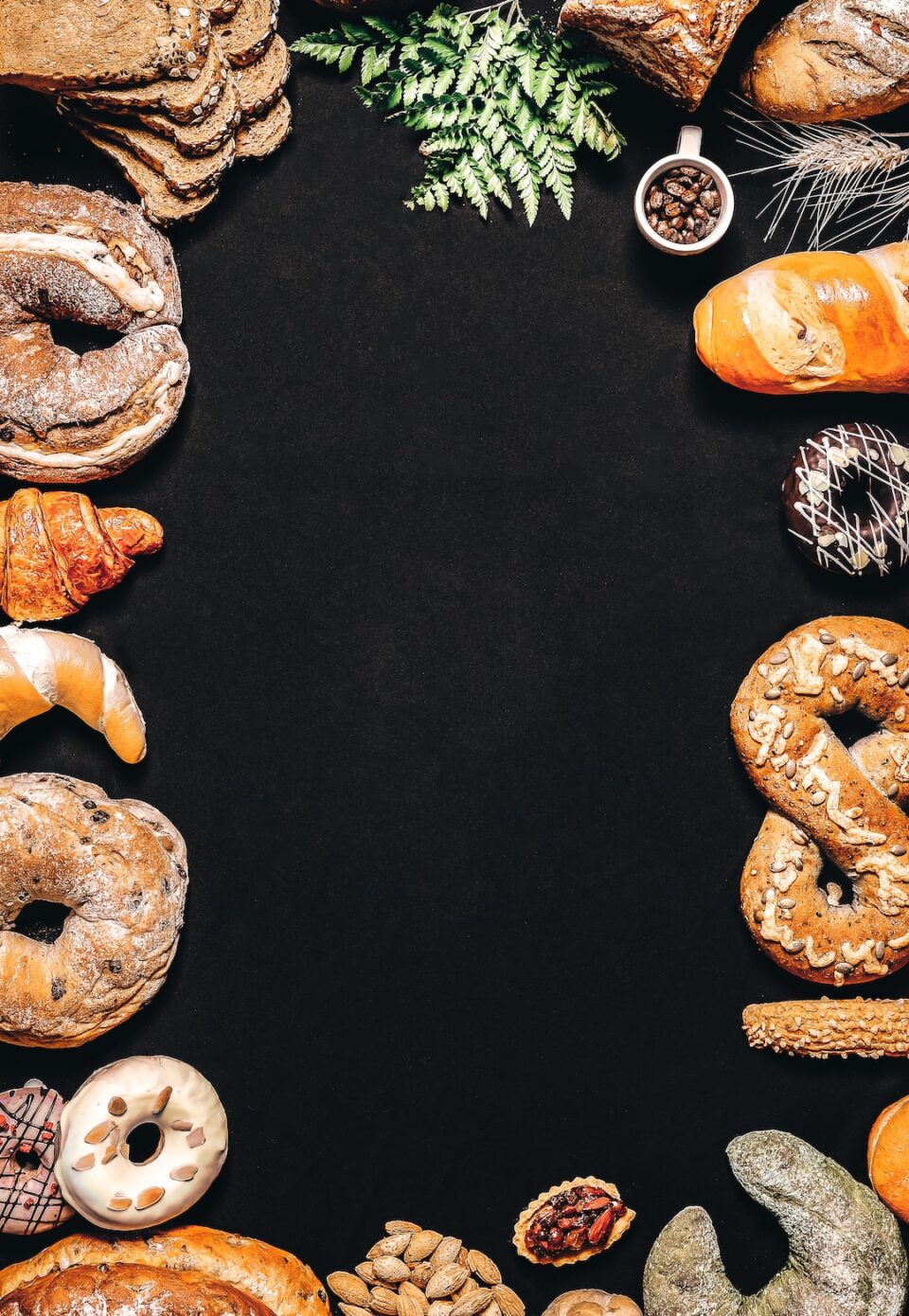The Story Behind Familiar Kitchen Utensils
Cooking is an intimate and profound art. It bridges cultural gaps, nourishes the body, and brings people together. Every chef, whether professional or amateur, relies on a set of familiar kitchen utensils to create culinary masterpieces. These utensils are often taken for granted, but they have their own fascinating stories that have shaped the way we cook today. In this blog post, we will delve into the history and significance of some of these essential kitchen tools.
1. The Knife:
The knife is perhaps the oldest and most versatile kitchen tool. Its origins can be traced back to prehistoric times, where early humans crafted sharp-edged stones for cutting and slicing meat and vegetables. As civilization advanced, knives evolved into various shapes and sizes. Nowadays, we have a vast selection of knives to choose from, each designed with a specific purpose in mind. From the santoku knife of Japan to the chef’s knife of Europe, these tools have shaped the culinary world and are essential in every kitchen.
2. The Cutting Board:
The cutting board is the unsung hero of the kitchen. It provides a stable surface for chopping and slicing, protecting countertops and preventing cross-contamination. In the past, cutting boards were made from a variety of materials, including wood, stone, and even marble. Today, most cutting boards are made from durable plastic or bamboo. However, the story behind the cutting board is not just about its function but also about its symbolism. To chefs, the cutting board represents a sacred space where ingredients are transformed into works of art.
3. The Mixing Bowl:
The mixing bowl is a staple in every kitchen, used for blending ingredients and creating a harmonious fusion of flavors. The history of the mixing bowl is deeply intertwined with the evolution of ceramics. In ancient times, people used clay pots and vessels to mix ingredients. Over time, these pots transformed into more specialized objects, which eventually led to the creation of the mixing bowl as we know it today. It is a symbol of unity and the blending of diverse elements, reflecting the essence of cooking itself.
4. The Wooden Spoon:
The wooden spoon has been a part of culinary traditions since ancient times. Its humble design and natural material make it an ideal tool for stirring and mixing ingredients. Wooden spoons are not only functional but also imbued with cultural significance. In many cultures, passing down a wooden spoon symbolizes the transfer of culinary knowledge from one generation to the next. It represents tradition, warmth, and the heart of the kitchen.
5. The Whisk:
The whisk is synonymous with baking and desserts. Its origins can be traced back to medieval times when cooks used bundles of twigs to mix ingredients. As time progressed, the whisk evolved into its modern form, with wires or tines attached to a handle. Today, the whisk is essential for aerating eggs and creating light and fluffy batters. It is a tool that embodies the alchemy of baking, transforming simple ingredients into indulgent treats.
6. The Grater:
The grater is a testament to human ingenuity. Its purpose is to finely shred or grate ingredients, such as cheese, spices, or vegetables. It is believed that the first grater was created in ancient Rome, where people used crude metal graters to shred food. Over time, the design and materials of graters have evolved, with modern versions made from stainless steel or plastic. The grater exemplifies the human desire for efficiency and precision in the kitchen.
In conclusion, behind every familiar kitchen utensil lies a rich and captivating story. From the knife’s ancient origins to the whisk’s evolution in baking, these tools have withstood the test of time and shaped the culinary world as we know it. Next time you step into your kitchen, take a moment to appreciate the legacy and significance of these essential utensils. They are not just tools; they are the embodiment of human creativity, culture, and the love of cooking.

